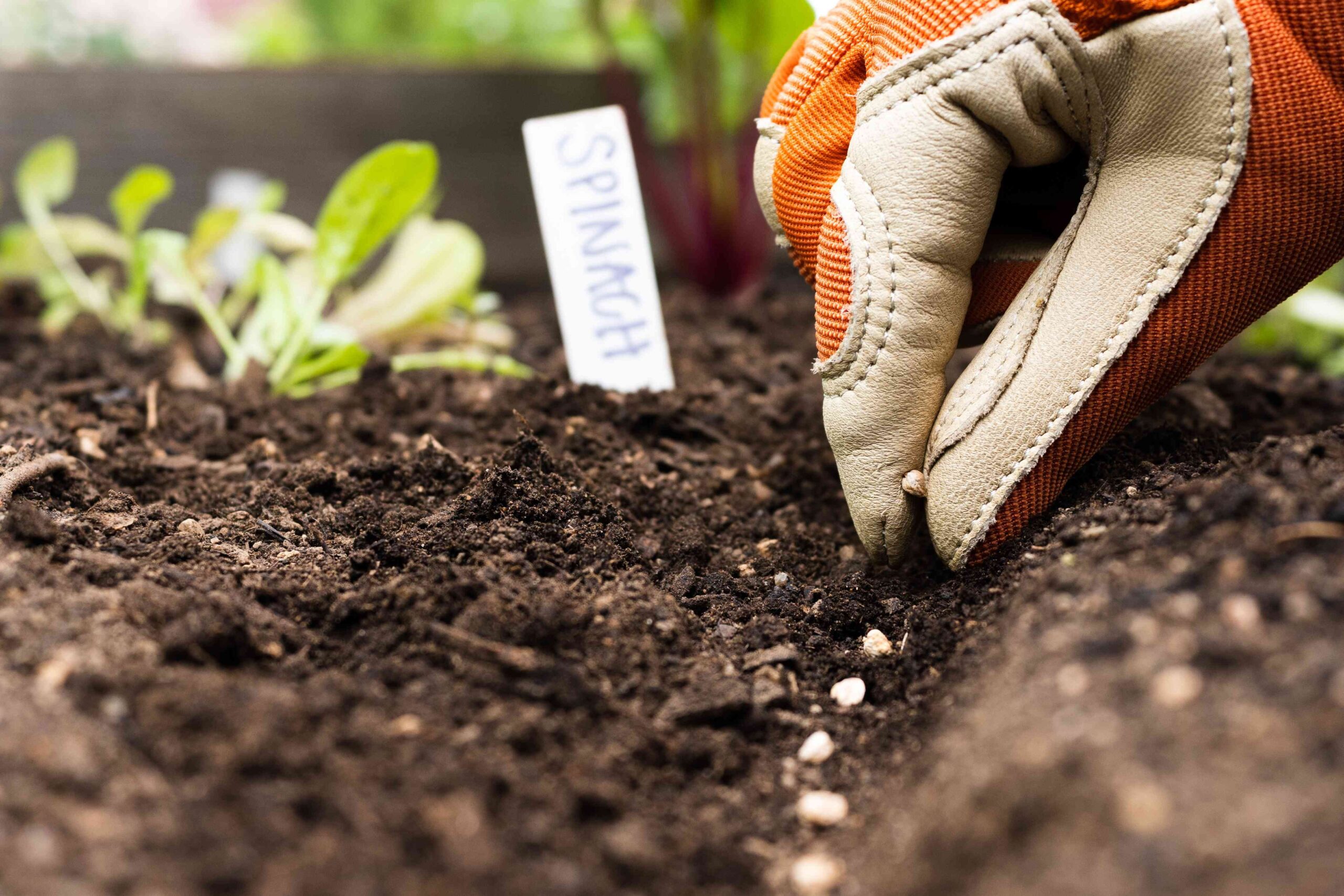Seed starting is an exciting and rewarding way to start your garden. By mastering the art of germination and transplanting seeds, you can ensure healthy and thriving plants from the very beginning.
Come with us as we share valuable tips and techniques to help you succeed in starting the seed. Whether you are an experienced gardener or a beginner, these tips, combined with the help of a garden planner, can put you on the road to a beautiful garden design.
Choose high-quality seeds
Start your starting journey with high-quality seeds. Look for reliable seed suppliers that offer organic and old varieties for a varied and sustainable garden.
Timing is key
Look for recommended planting dates for each plant variety and take into account your local climate. Use a garden planner to plan the start of your seeds based on frost dates and the desired transplant schedule. Hortisketch by Garden Savv rende makes it easy for gardeners by providing them with a personalized growth calendar that allows you to get the right time every time.
The calendar lets you know when it’s time to start sowing fruits, vegetables, and other plants based on your zip code. When using your garden planner, simply add plants to your garden and they will automatically appear on your calendar.

Provide optimal germination conditions
Create an ideal environment for seed germination. Ensure adequate levels of humidity, heat and light. Use a seedling heating mat when starting seeds indoors and water regularly and gently to promote healthy germination.
Optimize lighting
Seedlings need a lot of light for healthy growth. Consider using grow lights or placing seed trays near a sunny window. Adjust the light source as the seedlings grow to avoid long or weak stems.
Transplant with care
When the seedlings develop their real leaves and are strong enough to handle, it’s time to transplant them into individual containers or into your garden. Gradually harden the seedlings by exposing them to external conditions for a few hours every day before transplanting.

Soil preparation
Make sure that the planting area or containers are properly prepared with well-drained soil rich in organic matter. This provides a healthy foundation for your grafts to establish strong root systems.
Gently handle the seedlings
When transplanting, carefully handle the seedlings, holding them by the leaves, and not by the delicate stems. This avoids damage and helps prevent graft surprise.
Water wisely
Water the newly transplanted seedlings thoroughly, but avoid over-watering. Monitor soil moisture levels and adjust watering as needed to promote healthy growth.

Mulch for moisture and weed control
Apply organic mulch around the seedlings to retain moisture, suppress weed growth and regulate soil temperature. Mulching also adds a decorative touch to your garden design.
Adopt organic gardening
Incorporate organic gardening practices using organic fertilizers, compost, and natural pest control methods. This promotes a healthy and sustainable garden ecosystem.
A successful seed start is a critical step in creating a thriving garden. By following these tips and using a garden planner like Hortisketch to organize the start of your seeds and the design of your garden, you will prepare for gardening success.
Adopt organic gardening practices and enjoy the satisfaction of feeding your plants from seed to harvest. Happy seed start and may your garden thrive with abundant vegetation!
